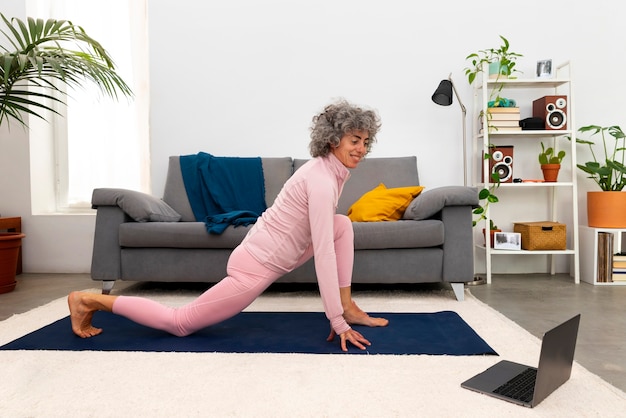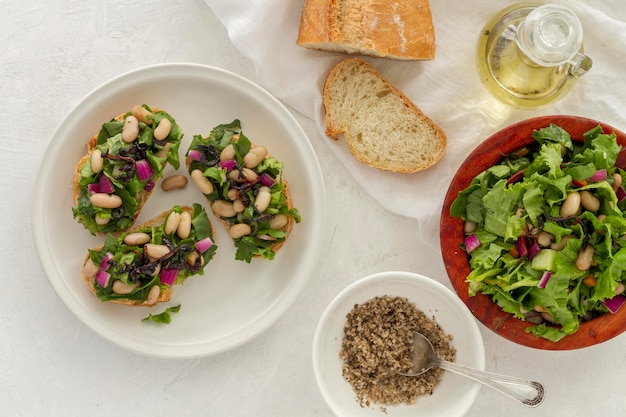Staying active as you age doesn’t require a gym membership, expensive gear, or hours of free time. For seniors looking to improve their health on a budget and with a busy or unpredictable schedule, simple, effective fitness strategies can make a big difference—especially when it comes to stabilizing blood sugar levels.
This beginner’s guide is designed with real life in mind. Whether you’re managing time around family, part-time work, or health appointments, these low-cost, low-impact exercises and lifestyle tips are easy to adopt and maintain—no fancy equipment needed.
As we age, our bodies become less efficient at regulating blood glucose. Unstable blood sugar can lead to fatigue, mood swings, increased risk of type 2 diabetes, and long-term complications like nerve damage or heart disease. Regular physical activity is one of the most effective ways to improve insulin sensitivity and keep glucose levels steady throughout the day.
The good news? You don’t need intense workouts to see benefits. Even light to moderate activity—like walking or seated exercises—can help your muscles use glucose more efficiently.

You don’t need resistance bands, weights, or a treadmill to stay fit. Many effective exercises can be done using just your body weight or household items. Here are a few examples:
If you want to add resistance, consider using water bottles, canned goods, or a towel for light strength training. These simple tools are affordable and easy to store.
One of the biggest challenges for seniors is finding time and energy to exercise. The key is consistency, not duration. Even 10-minute movement breaks, three times a day, can improve blood sugar control and overall well-being.
Try these time-smart strategies:

Exercise works best when paired with balanced eating. Focus on whole, unprocessed foods that release energy slowly:
Small, frequent meals may work better than three large ones for some seniors, helping to avoid blood sugar spikes and dips.
Before starting any new fitness routine, consult with a healthcare provider—especially if you have chronic conditions like diabetes, heart disease, or joint issues. Once cleared, keep these safety tips in mind:
Motivation can wane, especially when results take time. To stay on track:
Remember, the goal isn’t perfection—it’s consistency. Every bit of movement counts.
Staying active as a senior doesn’t have to be expensive, time-consuming, or complicated. With minimal equipment, short daily efforts, and smart lifestyle choices, you can stabilize your blood sugar, boost your energy, and support long-term health—all on your own terms.
Start where you are, use what you have, and do what you can. Your body—and your future self—will thank you.

Health

Health

Health

Health

Health

Wellness

Health

Fitness

Health

Wellness

Wellness

Wellness

Health

Fitness

Health

Health